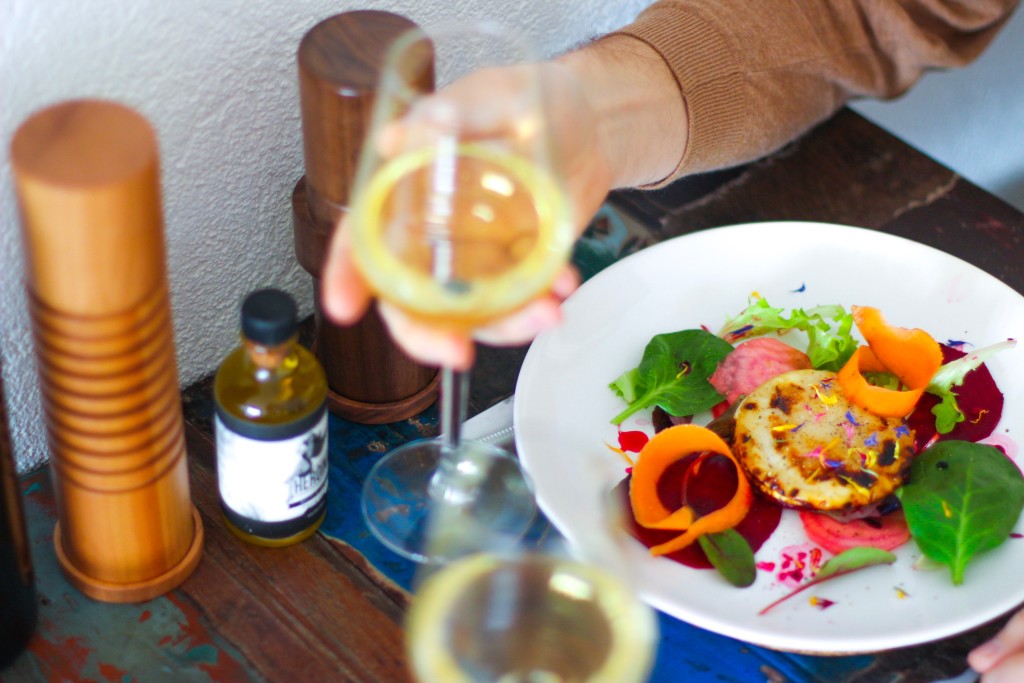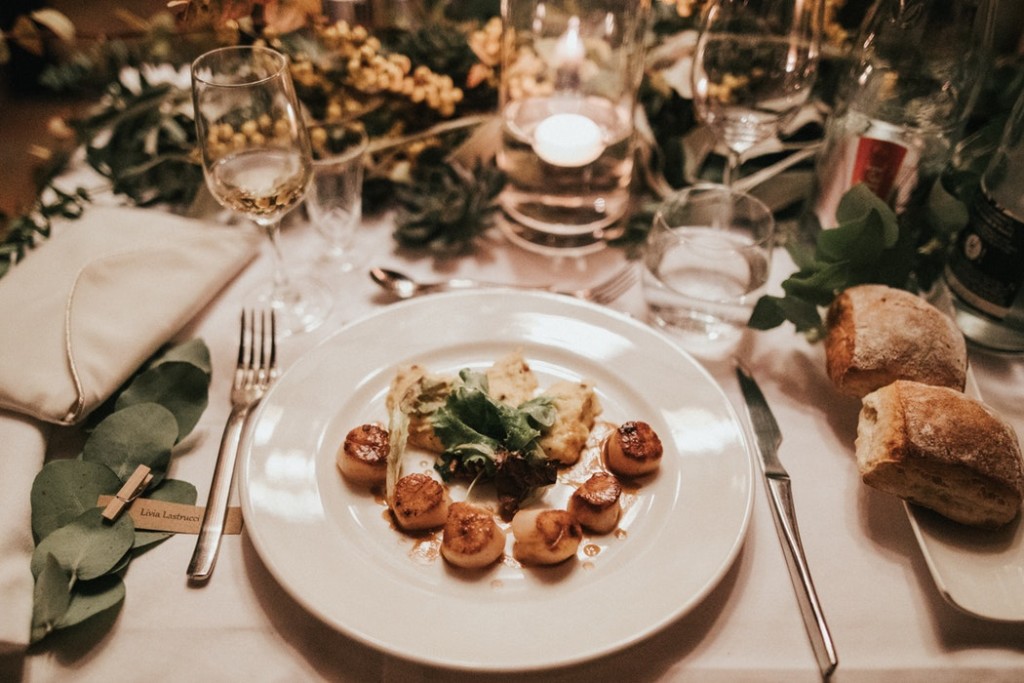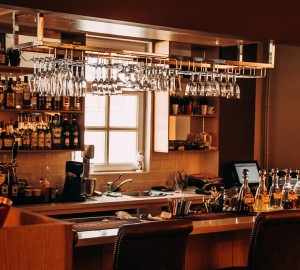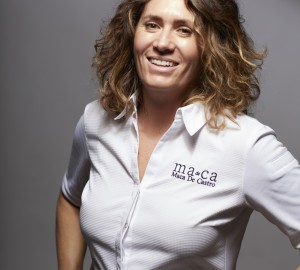Food and wine pairing is the act of selecting and combining these elements in such a way that when they are consumed together, they will be paired in the same way.Both will see their positive characteristics enhanced, making it a more satisfactory experience. When it comes to wine pairing, there are no set rules, since our senses are involved in the way we perceive the colours, aromas, flavours and textures of food, the final result always has a large component of subjectivity. However, as wine consumption and gastronomy have become increasingly complex over time, it is true that a series of conventions have been established that seem to be accepted by the majority. On this basis, and understanding the world of food and wine pairing as a space that is always open to experimentation, we are going to try to decipher a series of fundamental keys that will help us to get it right when pairing wines and food.. 10 guidelines to bear in mind so that finding the ideal wine for each dish, or the ideal dish for each wine, is a piece of cake. Here we go!
1. Pairing is balance
When choosing the perfect combination between a wine and a dish, we will always try to find the balance between the two components of the pairing. To do this, we will try to ensure that the wine and the dish contribute similar weights to the union.
- In the case of food, the weight of the food will be determined by characteristics such as its fat content, its aromatic and flavour intensity or our ability to digest it. Thus, it is easy to understand that a stew is heavier for the diner than a fish dish and that fish is heavier than a salad.
- In the case of wines, something very similar happens: the weight of the wine will be determined by the intensity of its aroma and flavour and, above all, by the wine's body. The latter is closely related to the alcohol content. The maturation time, the grape varieties chosen for the production of the wine, the concentration of tannins, etc. will also have an influence. Thus, a red reserva wine should be heavier and more full-bodied than a young red wine, while a young red wine will be heavier than a fresh and fruity white wine.
If we are clear about the concept of food weight, it will be easy to apply this knowledge to the search for balanced pairings: for heavy food dishes, we will need full-bodied wines; for lighter dishes, we will look for wines that are also light and easier to drink.
2. Pairing wines and food by association
Once we have taken into account the issue of balance, we can move on to look at other nuances and characteristics of the wines and dishes we are considering choosing for our pairing: flavours, textures, aromas, colours, temperature sensation, etc. A good approach for a successful pairing can be to look for the association of some of these common characteristics between food and wine. For example, we can serve a sweet wine with a dessert, to complement and enhance this common characteristic of both elements. It is also interesting to serve a meat stew made with wine, together with the same wine that we have used to cook the meat, since it is the same wine and the pairing will always work well. We can cook fish or white meats and serve them with white wines, etc. The question is find common characteristics between wines and dishes and try to complement them in the best possible way.
3. Pairing wines and food by contrast
In the opposite direction to the previous point, we can also find balance in our pairing by looking for contrasts between the characteristics of wines and dishes. This is what we do, for example, when serving a blue cheese with a sweet wine or a generous wine, where the sweetness provided by the wine is a good counterpoint to the intense flavour of this type of cheese and its high salt content. We can also resort to the refreshing effect of a dry white wine to mitigate the sensation of heat that some spicy foods, etc., give us.
4. Pay close attention to the preparation of the dishes
If the raw material with which we prepare our dishes is of fundamental importance when considering our wine pairing, the way in which we cook them is no less important. Therefore, the way we cook them is no less important, the same food can be accompanied by different types of wine depending on the way it is cooked.. For example, if we cook a chicken in a simple way, grilled and with some spices, we can accompany it with a fresh white wine with a certain acidity. If instead of cooking the chicken on the grill we cook it stewed in a sauce, its flavour will be much more powerful, so we can pair it very well with a white wine with oak or with a red wine with some crianza and more structured.
5. When it comes to food pairing, order matters
If we are thinking of choosing several wines to pair with a multi-course menu, choosing the right order is essential. The correct order in which to serve the wines is essential to enjoy them to the full. In this way, the wines should be ordered according to their body and weight: first the lighter wines, then the more evolved and full-bodied ones. If we do it the other way round, the intensity of a full-bodied wine will make us perceive a later, lighter wine as insipid. Therefore, we should not serve older wines before young wines, or white wines after reds; in the same way that we do not serve a main course before a salad or a dessert at the beginning of a meal.
6. Choosing a wine to serve with starters and appetizers
Based on the above points, we can establish some common keys to choose the perfect wine for each type of meal. For example, for light starters or appetizers will go very well with young, fresh and easy to drink white wines; dried fruits, pickles or sultanas will always be perfect candidates to enjoy with fortified wines such as Sherry or Port; salads can be very well accompanied by drier whites and even rosés and wines with fruity aromas will go very well with them.
7. Wine and vegetables
Wine can also pair very well with vegetable dishes, legumes and other foods of vegetable origin. In this case, the wine to choose will depend on the cooking and the intensity of flavour of the dish. For example, for a mild vegetable stew, we can choose a young red wine. If we are dealing with a vegetable stew with meat, with a more intense dish, we can choose a crianza or even a reserva.
8. The perfect wine for every fish
When choosing the perfect wine to accompany our fish dishes, we will again pay close attention to the type of cooking, but also to the kind of fish we are going to cook. White fish, those with no more than 2% fat, are the perfect candidates to be served with dry white wines. We are talking about fish such as hake, sole, monkfish or cod. Blue fish, those whose fat content in their flesh exceeds 5%, will go better with more mature white wines and even with young and fresh red wines. Among these fish, we could find tuna, mackerel, sardine or salmon.
Seafood, on the other hand, goes perfectly with white wines made with the Albariño, Godello or Verdejo varieties, so, of course, Galician wines will be a perfect match. And this is a hint that we can use to choose the right wines for each fish dish: look at the local wines that are produced in the land where the dish is typical.
9. Pairing wines with meat
Once again, depending on the type of meat, the cooking and the final intensity of the dish, we will use one or the other wine.
For cold meats, such as carpaccio, light sausages or cold meats, we can opt for a light red wine, or even a dry white wine. If the meat is spicy, we can counteract this aroma with a fruity or spicy wine. We can also enhance it with a spicy red wine.
White meats, such as chicken, rabbit, turkey or suckling lamb can be accompanied by a white wine with a low acidity. dry white wines with low acidity. If we prepare these meats in stews, with sauces or in very spicy dishes, it is better to opt for more evolved whites or young but intense reds.
A Rioja wine, either crianza or reserva, will pair perfectly with heartier red meat dishes: mainly beef and most cuts of pork. Reserva and Gran Reserva in particular will be a perfect match with game dishes, where we usually find the most intense flavours of meat.
10. Dessert, also with wine
And, of course, we also finish our meal with wine. Sweet wines are the main protagonists in this section, where we can enhance the sweet flavour of our desserts with sweet wines such as Port, Madeira wines, Sherry or Muscatel. But we can also use other types of wines. For example, red wines with body and a certain crianza can marry very well with desserts made with dark chocolate.
As we can see, the world of food and wine pairing is a field completely open to experimentation and innovation. The only golden rule: trust our own taste and that of our guests. With that and remembering the 10 keys to wine and food pairing that we have just seen, we are sure to be right in our choice. If you have any doubts about how to pair wines Vivanco, here are some tips:
Enjoy your meal!


















